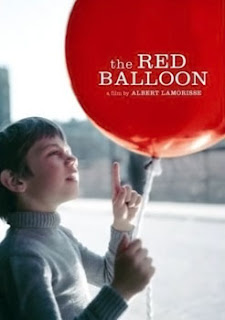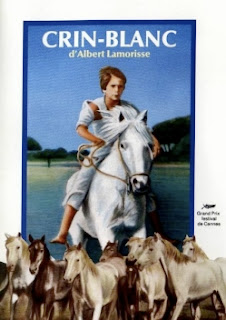Hilarious and heart-warming, but not in a cloying way,
The Muppets is great fun for the whole
family. As a longtime Muppet fan, I feared a new generation of writers could not live up to Jim Henson’s legacy and vision. Instead, I was pleasantly surprised
by their blend of '80s nostalgia and a modern comic sensibility. The film
feels very much like reuniting with old friends, just as it should, but goes beyond being a mere tribute piece or re-hashing of the familiar. The Muppets is actually clever and original—not what I expected from (gasp!) Disney.
My husband selected Oakland’s Grand Lake Theater
as our destination—an Art Deco theater that has been lovingly
maintained over the decades and still has its original ornate chandeliers,
frescoes, and tile work.
Sitting with my family in the theater brought to mind
something I haven’t touched on yet in this blog, which is my great love of
movie theaters. In a world of online streaming, portable devices, and giant flat screen
TVs, the way most of us watch movies has certainly changed over
the years. I am not opposed to watching movies at home. I love the convenience,
and sites like Netflix have given my family access to all kinds
of previously hard-to-find films.
But there’s something magical about going to the theater,
especially historic art houses like the Grand Lake. I love the
grandeur, and imagining all the generations before who have escaped into that
flickering world of the screen. Movie technology has evolved, but the
sensation of sitting in the dark, laughing and crying along with fellow
audience members—that experience remains timeless. Looking over at our kids’
beaming faces, wide-eyed and illuminated, I instantly re-connected with
something treasured from my own childhood, and felt the joy of sharing it.
After the movie, we walked to Lake Merritt for a little
bird-watching and went to lunch at a nearby restaurant, which leads me to the
other thing I really value about local art houses: Unlike multi-plexes,
the small theaters are part of the fabric of many communities. From small town
main streets to neighborhood shopping districts, art house theaters provide
culture, vibrancy, and a place where people come together.
Unfortunately, many smaller theaters are struggling to
survive. A couple of years ago, I wrote an
article on the plight of art house theaters, and I interviewed some folks
around the country who are working to save them. It’s an uphill battle, to
say the least, and they need all the help they can get.
So here’s an assignment for you: Go see The Muppets this holiday season. Bring your whole family, and if
you can, support a local, independent art house theater. And, oh yeah, don’t forget the popcorn!







